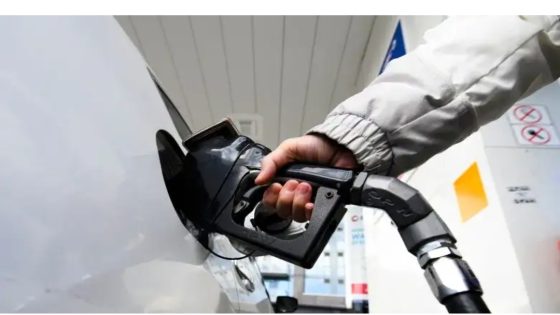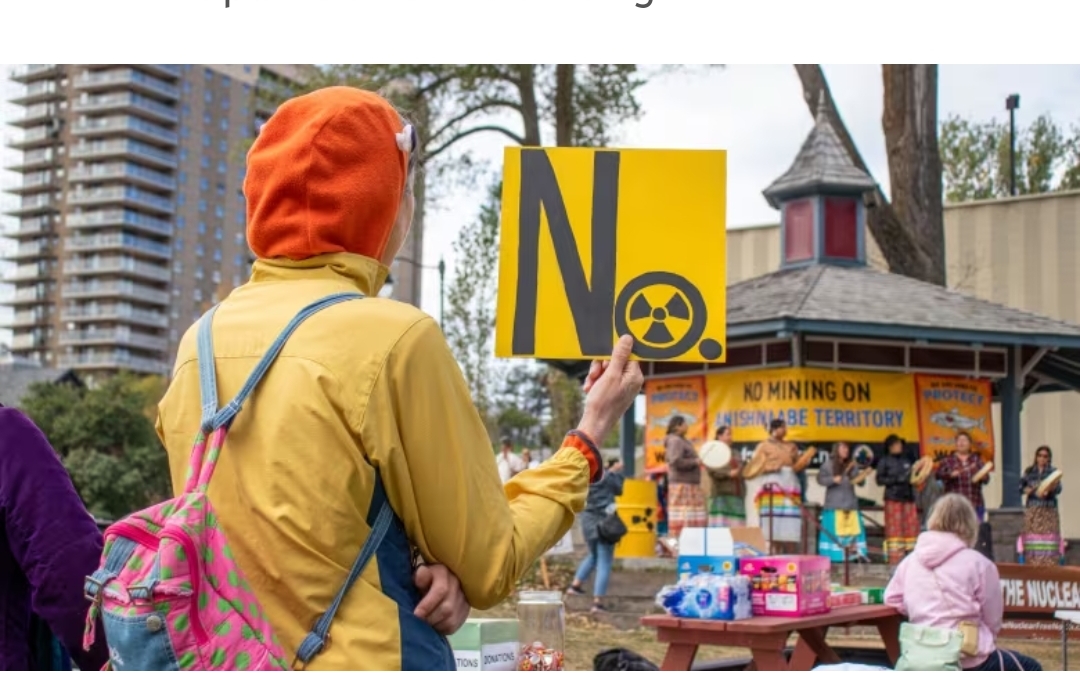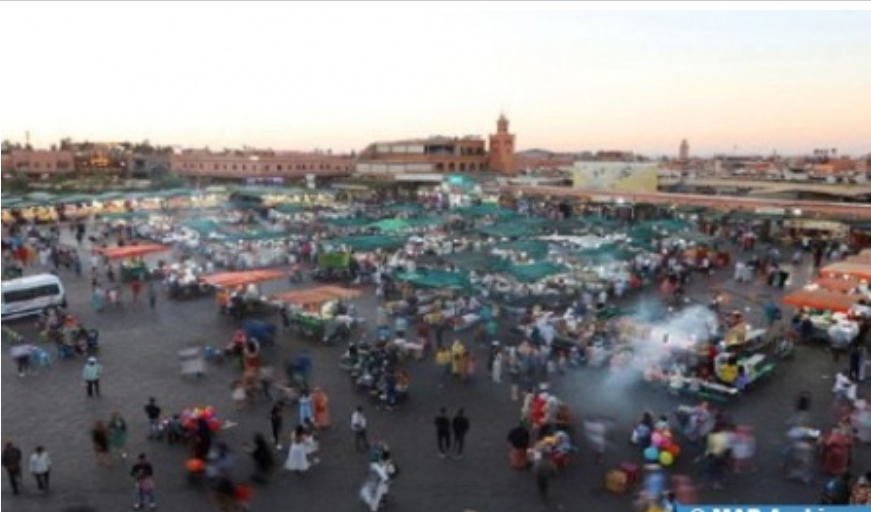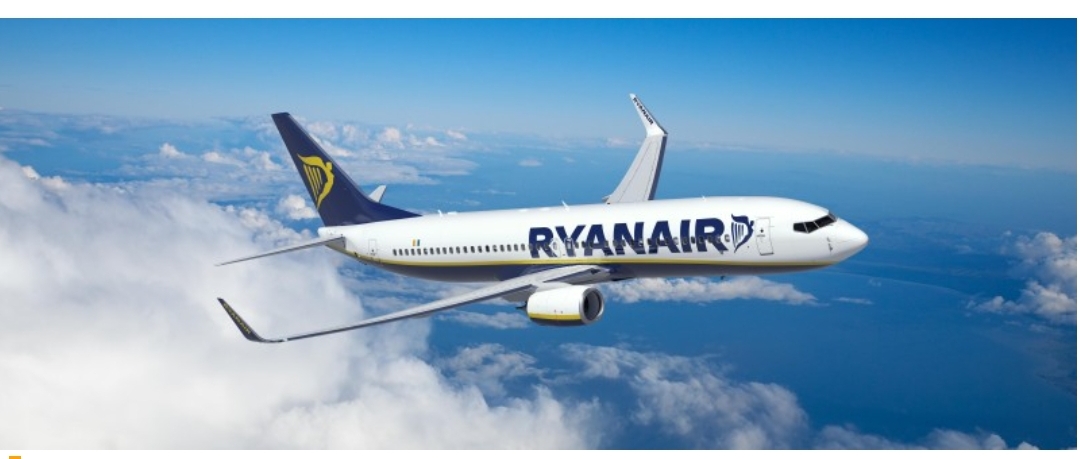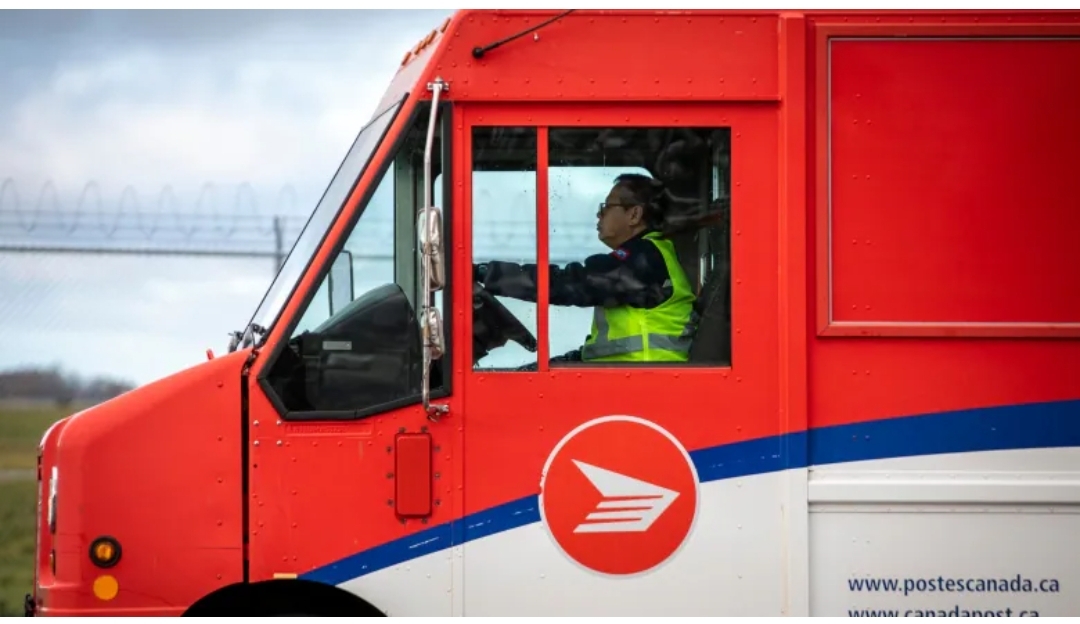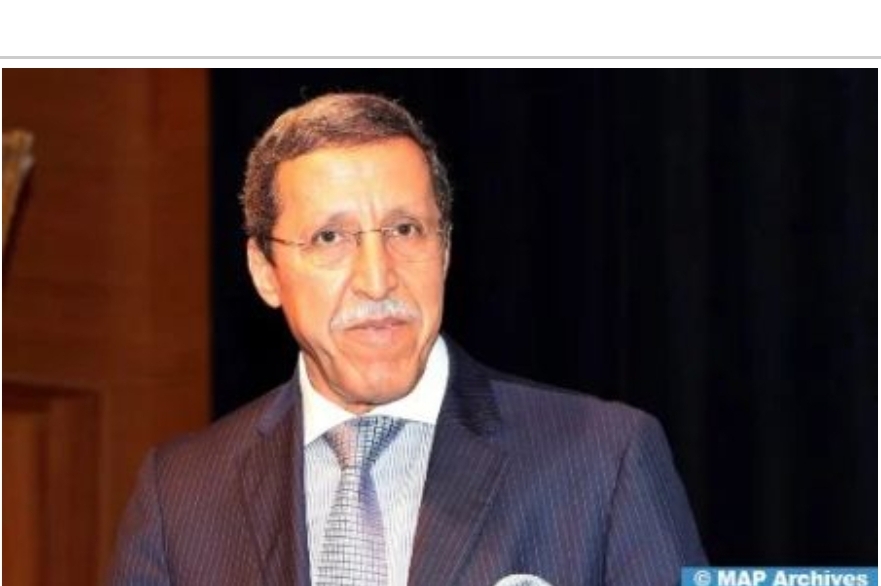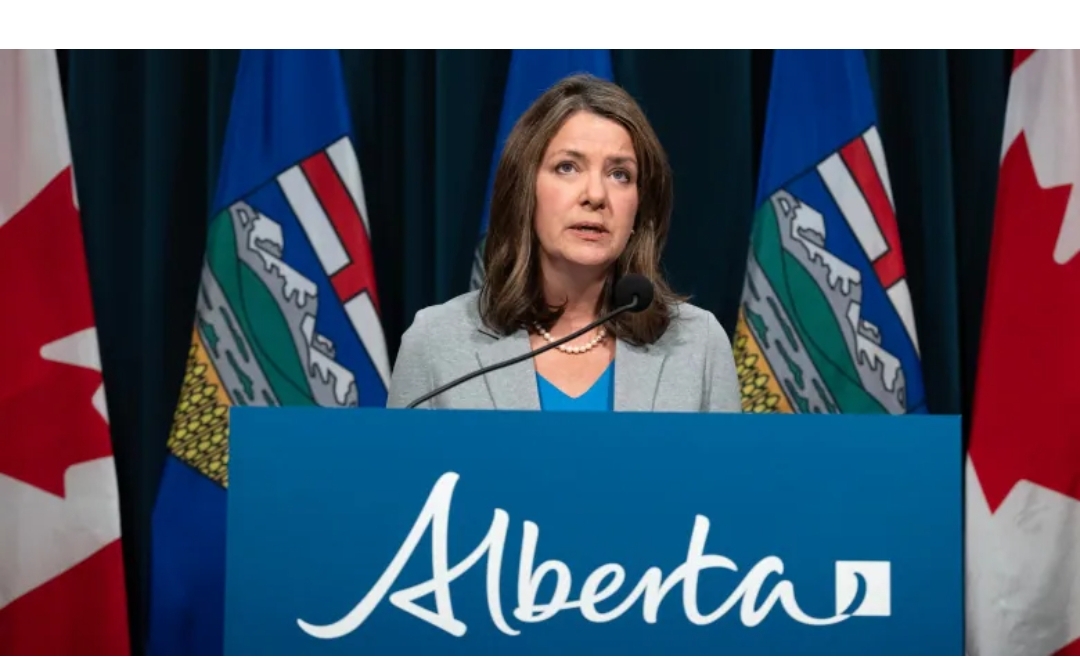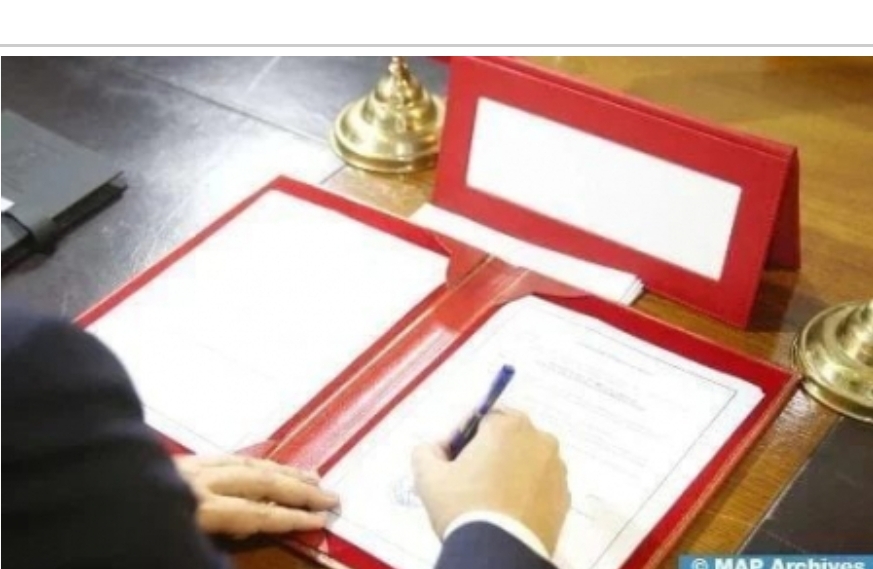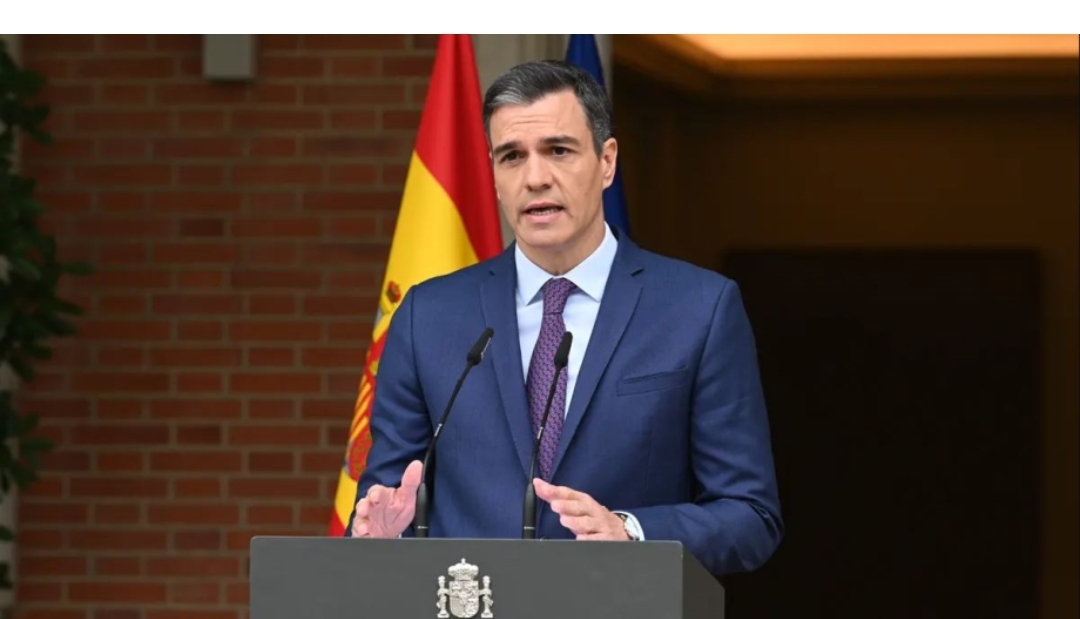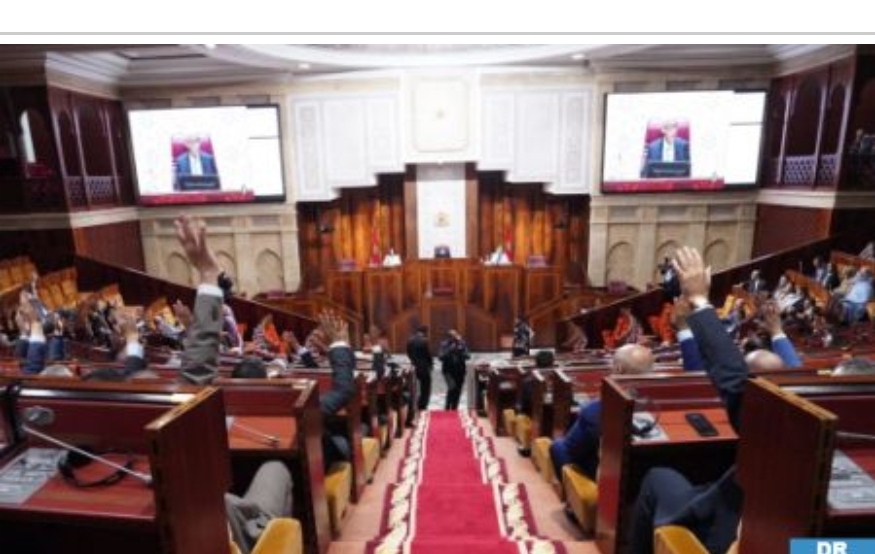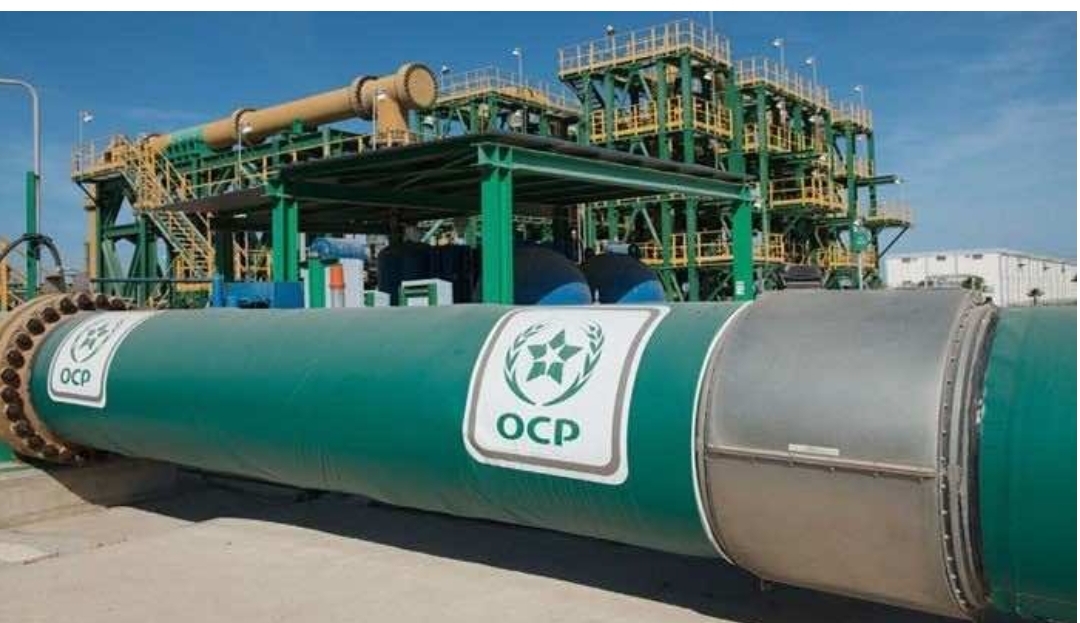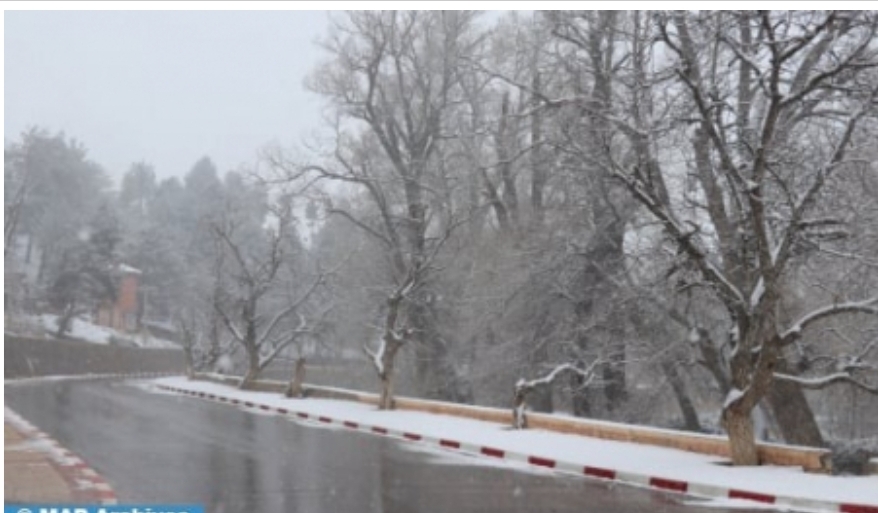Assahafa.com
As summer approaches, Canadian drivers have likely already experienced the all-too-familiar rise in prices at gas station pumps.
A boosted demand for gasoline by people on road trips affects prices, as did the latest increase in the federal carbon tax in most provinces and territories.
But there’s another key factor that might not be as obvious. And just like a good Canadian whisky, the secret is all in the blend.
Winter gas contains butane, a relatively cheap additive that helps cars start faster and run better in colder weather. In the summer, butane is left out in favour of alkylates, which burn cleaner but are more expensive to produce.
“Essentially it’s to limit air pollution during the summer months when many Canadians are on the road travelling,” Patrick de Haan, head of petroleum analysis at GasBuddy, told CBC Radio’s Cost of Living.
GasBuddy is a popular app that crowdsources gas prices in Canada and the U.S.
De Haan said the additional cost to consumers of switching to summer gas is around 10 to 15 cents per litre. However, the hike could be more or less depending on the precise blend used in a particular year or region.
Clean air regulations
The switch in composition is mandated in the U.S. by the Clean Air Act, which among other things dictates that gasoline sold in the summer must have a lower Reid vapour pressure (RVP) number. That number is essentially a measure of how quickly the gas evaporates when burned as fuel.
Each province and territory has different RVP minimums and maximums as set by the Canadian General Standards Board. While they vary by location, they’re all higher in the winter months but lower between April 15 and the end of August.
Environment and Climate Change Canada did not respond before publication to a CBC request for additional information.
The changeover from winter to summer gas blends in Canada and the U.S. are generally in sync, since refineries in one country can serve both markets, de Haan said.
Winter gas contains butane, a relatively cheap additive that helps cars start faster in colder weather. In the summer, butane is left out in favour of alkylates, which burn cleaner but are more expensive to produce. (Mehrdad Nazarahari/CBC)
Butane’s high RVP helps a car start faster in the cold, but burns fuel faster than needed in hotter summer months, contributing to more carbon emissions.
“When temperatures are very warm, even the roads can dry very quickly after a rain,” de Haan said. “That’s why it’s important that we make this transition [so] that we have a gasoline that is more resistant to vaporizing.”
Something wrong with your car? Here’s how Canada’s vehicle recall system works
Inflation cooled to 2.7% in April as food price growth slowed
Maintenance bottlenecks
What’s in the gas isn’t the only thing that matters. The logistics of switching from one type of gasoline to another puts further pressure on prices.
Refineries wind down the production of winter gas as early as February, de Haan said. That reduces overall supply since any leftover winter gas cannot be sold in the summer.
What’s more, that period coincides with the annual maintenance period on refinery infrastructure like distillation towers.
Many people are expressing surprise after a jump in gas prices. CBC’s Tyler Cheese has more on what’s driving the increase and why one industry analyst believes they’ll remain high for months.
According to de Haan, maintenance tends to take place in small windows during the spring and the fall, which are off-peak driving seasons. In Canada, that work can’t happen during the winter because it’s too cold.
Maintenance on top of the transition from winter to summer gas adds up to the biggest regularly occurring price hike each spring.
“You can’t do a lot of that work in the winter. So that actually knocks out a lot of supply, for periods of time, anywhere from a week to two months, depending on what’s going on,” said Dominic Michiels, a sulphur supply manager and former retail manager for Shell.
Quebec to force gas stations to report their prices. Will it lower fuel costs?
Poilievre calls for summer break from federal taxes on fuel
Price change ripple effects
It’s not easy to compare year-over-year changes in gas prices, de Haan said.
Part of that is due to the April 1 carbon tax increase, which added 3.3 cents per litre to gas prices in most provinces and territories. Because B.C., Quebec and the Northwest Territories have opted out of the federal tax in favour of their own carbon-pricing mechanisms, de Haan said it’s difficult to paint a general picture of the market across the country.
Gas station vendors play a delicate balancing act with their prices while competing with nearby sellers. (Kirk Fraser/CBC)
Whether it’s summer or winter gas flowing out of the pumps, Michiels says competition between vendors remains constant: every gas station is watching what others in the vicinity are doing.
“They’ll be noting the prices and they’ll literally physically go out and look, and say, ‘OK, things are getting more competitive. We’ll have to go up or down,'” he said.
“One move of even a half a cent a litre will ripple across the market, up or down.”
The pricing is a delicate balance: set it too high, and drivers will move on to the next station. Price it too low to appear competitive, and you’ll risk creating your own gridlock.
“I’ve seen it where there’s lineups to get on to the lot. They’re blocking traffic … so all of a sudden that retailer is now out of fuel. Once you’re out of fuel, you’re out of business until the next load comes in,” he said.
“It would get that tight where you’re actually, you know, chewing your fingernails, trying, hoping that you don’t run out of product before the end of the day.”.
As far as advice for how to deal with the summer months, Michiels’ advice remains mostly the same as it ever was: try to fill up at the beginning of the week instead of closer to the weekend when more people are preparing for the weekend road trip.
Source: cbc
